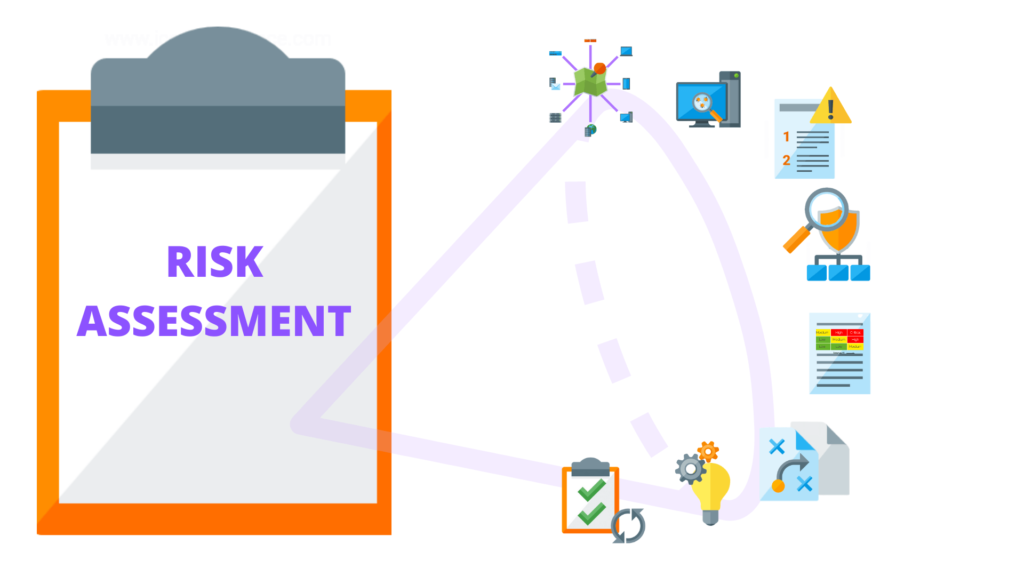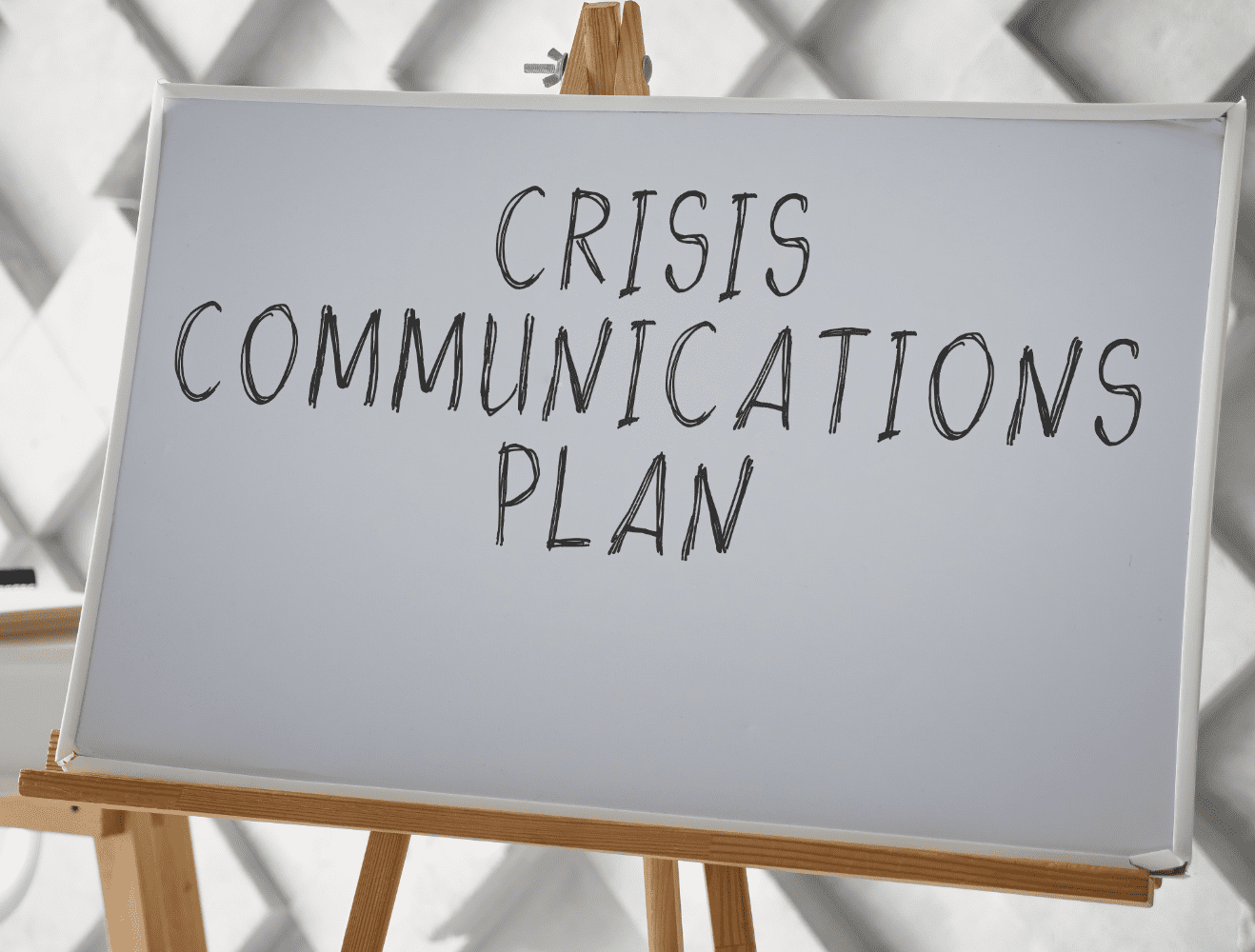In today’s fast-paced and unpredictable world, having a robust crisis management protocol is essential for any organization. Effective strategies can help ensure business continuity during emergencies, protect your reputation, and maintain stakeholder trust. In this article, we’ll explore key strategies for crisis management, along with actionable steps for implementation, and how the RevJOLT Network can support you in your efforts.
Understanding Crisis Management
Crisis management refers to the strategies and processes an organization employs to prepare for, respond to, and recover from unexpected events that threaten its operations, reputation, or financial health. This includes everything from natural disasters and cyberattacks to public relations crises and operational disruptions.
Importance of Crisis Management

- Maintains Operations: A well-prepared organization can minimize downtime and continue critical operations during a crisis.
- Protects Reputation: Effective communication and response can help maintain stakeholder trust and safeguard your brand image.
- Enhances Decision-Making: Clear protocols allow for swift, informed decision-making under pressure.
- Facilitates Recovery: A structured approach aids in the recovery process, enabling quicker return to normal operations.
Key Crisis Management Strategies
Here are essential strategies for establishing effective crisis management protocols:
1. Develop a Crisis Management Team

Action Steps:
- Assemble a diverse team with members from various departments (e.g., PR, legal, operations).
- Designate a crisis leader to ensure cohesive communication and decision-making.
Example: When a cybersecurity breach occurred at Company X, they quickly assembled a crisis team comprising IT, legal, and PR experts to address the breach, communicate with stakeholders, and implement security measures.
2. Conduct Risk Assessments

Action Steps:
- Identify potential crises relevant to your organization (natural disasters, data breaches, etc.).
- Assess the likelihood and impact of each risk.
Example: A retail company might conduct a risk assessment that reveals supply chain disruptions as a significant threat, prompting them to develop contingency plans with alternative suppliers.
3. Create a Crisis Communication Plan

Action Steps:
- Develop templates for internal and external communications.
- Establish protocols for timely and accurate information dissemination.
Example: During a product recall, Company Y utilized its communication plan to inform customers through press releases, social media, and direct emails, ensuring consistent messaging across channels.
4. Implement Training and Simulations

Action Steps:
- Conduct regular training sessions for the crisis management team and employees.
- Run simulation exercises to practice response strategies in real-time scenarios.
Example: A hospital conducts annual drills simulating various emergency scenarios, helping staff become familiar with protocols and ensuring efficient responses during actual crises.
5. Establish Clear Roles and Responsibilities

Action Steps:
- Define specific roles for each team member during a crisis.
- Document and communicate these roles clearly to the entire organization.
Example: In a natural disaster scenario, the roles might include an operations lead to coordinate logistics, a PR lead for external communication, and a liaison to emergency services.
6. Monitor and Evaluate Crisis Responses

Action Steps:
- After a crisis, conduct a debriefing session to evaluate what worked and what didn’t.
- Gather feedback from team members and stakeholders to improve future protocols.
Example: Following a major incident, Company Z analyzed their response and identified gaps in communication, leading to enhancements in their crisis communication plan.
7. Leverage Technology

Action Steps:
- Invest in crisis management software to facilitate communication and coordination.
- Utilize social media and digital platforms for real-time updates.
Example: During a public health crisis, an organization used a crisis management app to provide updates to employees and stakeholders, ensuring everyone had access to the latest information.
8. Build Relationships with Stakeholders

Action Steps:
- Develop strong relationships with key stakeholders, including customers, suppliers, and the media.
- Keep them informed about your crisis management protocols and contact points.
Example: Company A regularly updates its stakeholders on safety protocols and crisis response plans, enhancing trust and cooperation during emergencies.
9. Implement Continuous Improvement
Action Steps:
- Regularly review and update crisis management plans based on new risks and feedback.
- Stay informed about industry best practices and emerging trends.
Example: After a significant crisis, a nonprofit organization revisited its protocols, incorporating lessons learned from other organizations that faced similar situations.
10. Engage in Community Preparedness
Action Steps:
- Participate in community preparedness initiatives and training programs.
- Collaborate with local agencies to enhance overall crisis readiness.
Example: A local business partners with emergency services to conduct community workshops on disaster preparedness, fostering a supportive environment.
How the RevJOLT Network Can Help
As a veteran affiliate with the RevJOLT Network, you can access resources and support that enhance your crisis management efforts:
1. Training Programs
RevJOLT offers comprehensive training programs designed to equip your team with the skills needed to effectively manage crises.
2. Crisis Management Tools
Gain access to advanced crisis management software that facilitates communication, coordination, and response planning.
3. Networking Opportunities
Connect with other professionals and organizations within the RevJOLT Network to share best practices and insights on crisis management.
4. Resource Library
Utilize the extensive resource library filled with templates, guidelines, and case studies to strengthen your crisis protocols.
5. Consultation Services
Receive expert guidance on developing and refining your crisis management strategies tailored to your organization’s unique needs.
Steps to Sign Up for the RevJOLT Network
Ready to enhance your crisis management capabilities? Here’s how to join the RevJOLT Network:
- Visit the RevJOLT Website: Go to RevJOLT Network and navigate to the sign-up section.
- Choose a Membership Plan: Select a plan that fits your needs, whether it’s individual or organizational.
- Complete the Registration Form: Fill out the required information, including your name, email, and organization details.
- Make a Payment: Choose your payment method and complete the transaction.
- Access Member Resources: Upon registration, you’ll gain access to all member-exclusive resources, including training programs and tools.
- Join the Community: Engage with other members through forums and networking events to share insights and experiences.
Final Thoughts
Crisis management is an essential aspect of any organization’s operations. By implementing robust protocols, you can ensure continuity during emergencies, protect your reputation, and foster trust among stakeholders. Leveraging the resources offered by the RevJOLT Network can significantly enhance your crisis management capabilities, allowing you to respond effectively to high-stress situations.
Remember, preparation is key. Start building your crisis management plan today and secure your organization’s future.
This framework provides a comprehensive look at crisis management protocols while emphasizing the role of the RevJOLT Network in supporting organizations. Adjust or expand sections as needed to reach your desired word count!

